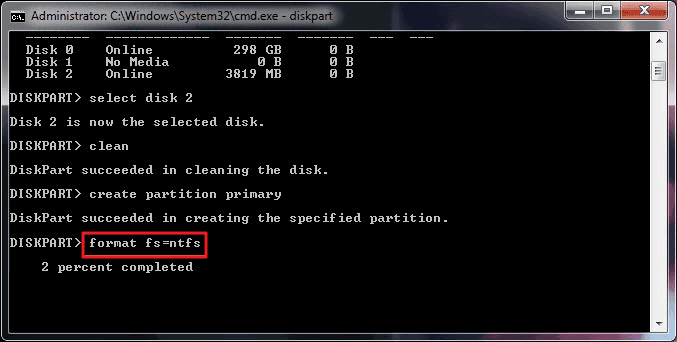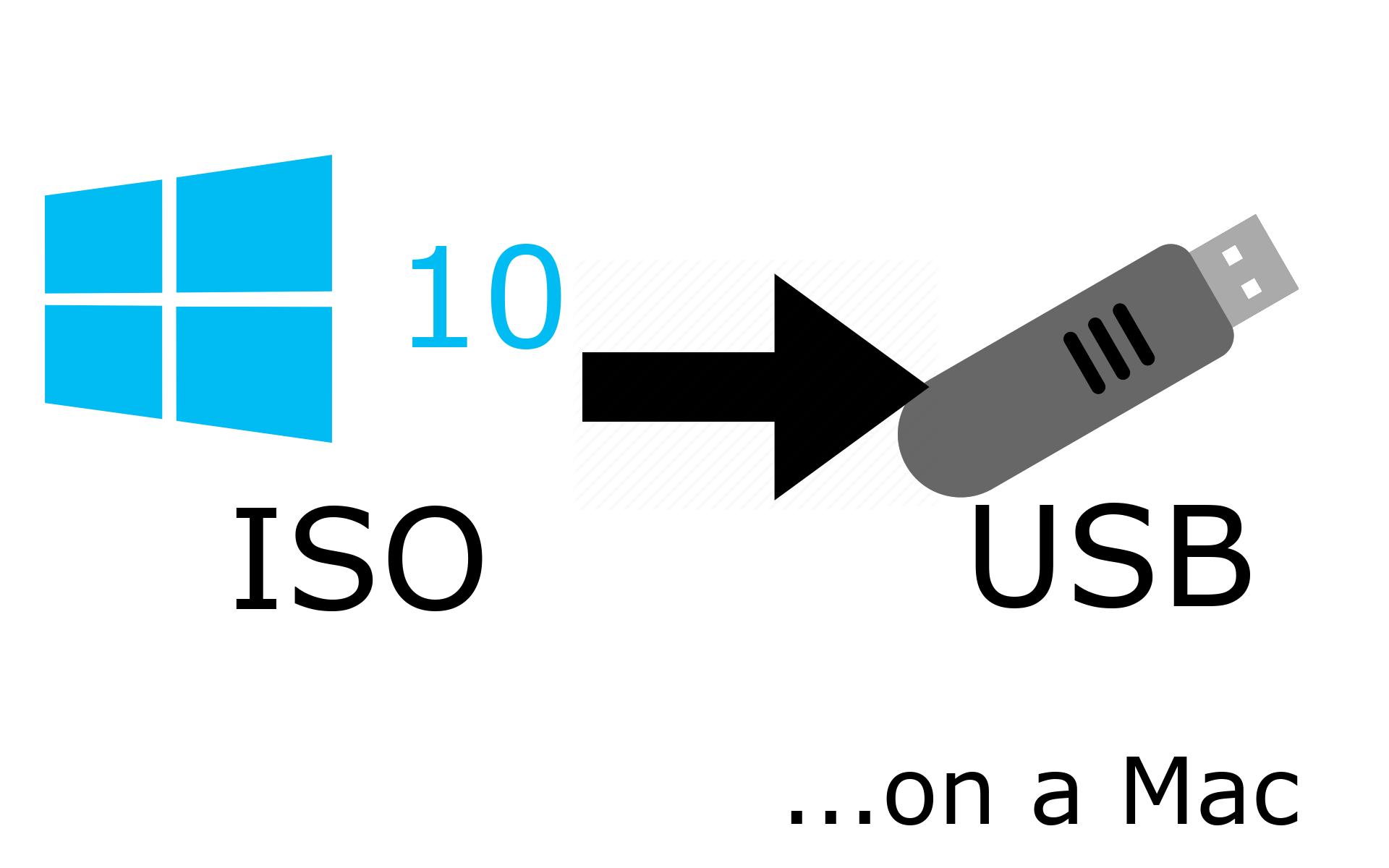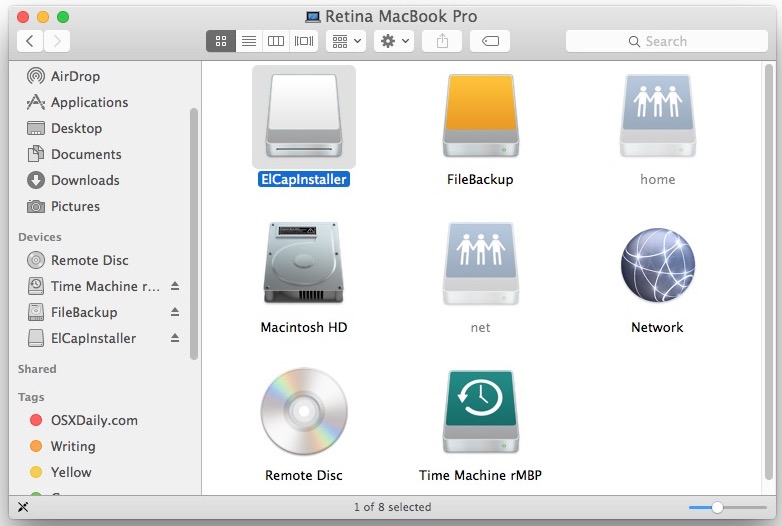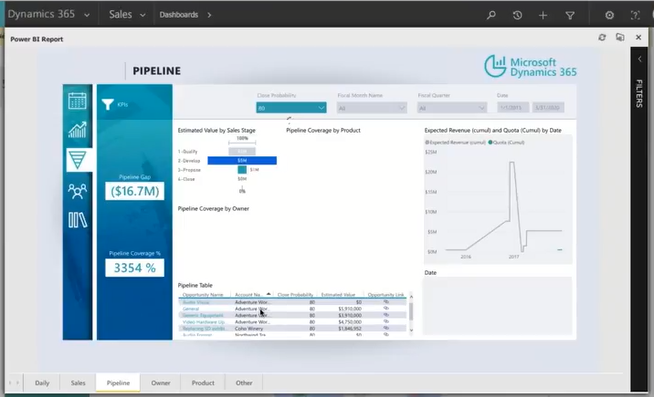So in this example we will reformat the actual disk, disk2 using the command: diskutil eraseDisk JHFS+ BackupMaster disk2. Here the command diskutil eraseDisk does the erasing, format is expressed as JHFS+ which is the Mac OS Extended (Journaled) and disk is named BackupMaster and the actual target disk is defined by its identifier disk2. Wipe the USB Drive Clean with Diskpart Command Line Tool. Windows comes with a built-in format disk option to erase everything from a USB flash drive. This is accessible from a simple right-click, but at this stage it probably won’t work.
If you’re still using a Mac OS X the time will come when your computer won’t boot, or a problem may arise where you can’t take control of the device, and booting from an OS X installation media will be required.
This is why it’s recommended that you make a Mac OS X bootable USB when your Mac is in working conditions. However, if you find yourself on a scenario where your device (iMac, MacBook Pro, Air, Mac Pro or Mini) is not responding and you happen to have a Windows 10 device, then you can still be able to make a USB bootable installation media for your Mac OS X to reinstall the operating system using the Recovery Assistant.
These instructions will also work for Windows users who are running Mac OS X on a virtual machine and need to upgrade to the latest version. For instance, to OS X Yosemite.
Requirements
Before you dive into this guide, you’ll need a few things:
- A broken Mac computer with Mac OS X.
- A trial copy of the TransMac software.
- One high quality USB flash drive with 16GB of storage.
- A copy of Apple’s macOS (DMG file).
Now that you have all the necessary ingredients, you’re ready to make a Mac OS X bootable USB using the DMG file of the operating system with the steps below.
Create Mac OS X bootable USB installation media
Before you can use TransMac, you first need to partition your USB flash drive with a GPT partition, as a normal MBR partition may not work. To do this, you’ll need to use the Diskpart command-line utility on Windows 10.
Setting up GPT partition
Use these steps to set up a USB drive with a GPT partition:

Format Thumb Drive Mac Command Lines
Open Start on Windows 10.
Search for Command Prompt, right-click the top result and select the Run as Administrator option.
Type the following command to open Diskpart and press Enter:
Type the following command to determine the USB flash drive and press Enter:
Type the following command to select the storage and press Enter:
Quick tip: Theselect disk 1command as an example, but you have to replace 1 with the number of the flash drive you want to use.Type the following commands to delete everything from the USB thumb drive and press Enter:
Type the following command to convert the drive into a GPT partition and press Enter:
Type the following command to select the new partition and press Enter:
After you complete the steps, the USB flash drive from MBR to GPT format, you can use the steps below to create a bootable USB installation media to install Mac OS X.
Create USB install media
Use these steps to create a bootable media to install Mac OS X:
Download and install a copy of TransMac.
Quick note: TransMac is a paid software, but it has a 15-day trial solution, that give us more than enough time to move the DMG files to the USB drive from Windows. (If you want to support the developer, you can purchase the full version.)Insert the USB drive that you’ll use to fix your installation of OS X. (Remember that all the data in the USB will be erased. Make sure you take off any important documents.)
Right-click the TransMac software icon and Run as administrator. (You’ll be prompted to Enter Key or Run, because we’ll be using it once, click the Run option.)
On the left pane, you’ll see all the Windows PC drives listed, right-click the USB drive that you’re intending to use to reinstall Apple’s OS X and select the Restore with Disk Image option.
In the warning dialog box, click the Yes button.
Use the Restore Disk Image to Drive dialog box to browse for the DMG file with the installation files for Mac OS X Yosemite in this case, and click the OK button to create a bootable USB of the operating system.
Now, you’ll have to wait a long time. No kidding. It could take one or two hours to complete the process depending on your computer and other variables.
Once your bootable USB installation media is ready, remove it and insert it into your Mac, power it on, holding down the Option key, and select the USB you just created to reinstall Mac OS X.
If you’re having issues trying to create a bootable media, you can get a USB flash drive that comes with Mac OSX ready to install.
Dec 16, 2020 • Filed to: USB Recovery • Proven solutions
USB drives are something of daily use for a modern-day person. From listening to music to transferring important files from pc to pc, we use flash drives for a variety of reasons. These flash drives are plugged into several different devices and hence are at risk of corruption or malfunctioning and might require to be formatted at times. The USB flash drive can be formatted in a variety of ways like depending upon the operating system and other features.
Sometimes, certain devices may only read specific USB file systems. So learning how to format your USB to a new file system is something that will come in handy.
Part 1: What is FAT32 Format?
Avast antivirus free download for windows 10 softonic. FAT32 is an improved version of the FAT system which was introduced in 1996 by Microsoft with its Window95 OSR2 system. The purpose of its development was to be a better version of the FAT16 in terms of speed, performance, robustness, flexibility, and to support larger volumes.

Part 2: What Should You Do before Formatting a USB Drive?
A USB drive may contain songs, videos, documents, important files, etc. depending on the person who uses it. So most people don’t prefer formatting unless they want to get rid of those files. Formatting can also be done on faulty USB drives in which case, the user should move all the data in it before deletion.
If a device is not being detected or faulty, formatting is the last step. The user should try all the options to make it visible whether it is a Windows or Mac. Even then if it doesn’t work trying to repair and recover the files is the next option.
Part 3: How to Format USB to FAT32 on Windows 10?
In some cases, the USB flash drives need to be formatted to FAT32 as it is one of the most preferred and compatible file systems for both mac and windows. But, while trying to format a flash drive in the usual manner, problems may arise or the FAT32 option might not be available. In such cases, we can resort to alternative as well as simple methods to achieve the goal.
Let us have a look at how a USB flash drive can be formatted to FAT32 via file explorer as well as via disk management.
Method 1: Format USB to FAT32 via File Explorer
A common and easy way to format a USB drive to FAT32 is to make use of the File Explorer.
Step 1: Connect the USB drive or the desired external hard drive to the Windows 10 computer
Step 2: Launch the File Explorer and from it find the USB drive. Right-click on the drive and select Format
Format Thumb Drive Mac Command Line Command
Step 3: Select the FAT32 type as the target file system and select the box beside Quick Format. Tap on Start to start the formatting process.
Format Flash Drive Mac Command Line
When you are notified about the completion of the process tap OK. Your USB is now is FAT32.
Method 2: Format USB to FAT32 via Disk Management
Disk management is a built-in utility of Windows which is made to help users with the disk partition related problems or works. It is also one of the most preferred choices when it comes to formatting USB to FAT32.
Step 1: Right-click on My Computer and select the Manage option
Step 2: Under Storage tap the Disk Management option
Step 3: from the volume list select the thumb drive
Step 4: Right-click on it and then tap Format
Step 5: Select FAT32 format from the file system: list box
Step 6: tap OK
Part 4: Format USB to FAT32 on Mac - macOS 10.15 Catalina
Formatting a USB flash drive to FAT32 on Mac is easy as windows. To do so you can either use the disk utility or the terminal command line.
Method 1: Use Disk Utility
Follow the steps to format FAT32 with Disk Utility:
Step 1: Plug the USB drive that needs to be formatted to the Mac computer.
Step 2: Navigate to Applications and then to Utilities. Tap it twice to open.
Step 3: Choose the drive that needs to be formatted and tap on Erase.
Step 4: You can rename the USB drive if needed. Choose the MS-DOS(FAT) to format.
Step 5: Select the Master Boot Record for the scheme and then tap Erase.
Step 6: When the process is complete the USB drive is converted to the FAT32 file system.
Method 2: Use Terminal Command Line
The command line also works in the same way as the disk utility to format the USB drive.
Follow the steps to format FAT32 with the Terminal command line:
Step 1: Plug the USB flash drive that needs to be formatted to a Mac computer.
Step 2: To run Spotlight press cmd + space and type: terminal and press Enter
Step 3: Type diskutil list and then find the drive that is acting as your USB


Step 4: Type sudo diskutil eraseDisk FAT32 MBRFormat /dev/disk2
- Sudo - grants you the user right.
- Diskutil – calls the disk utility program.
- erase disk – to command to format the drive
- FAT32 - selects the file system
- MBRFormat – pass information to disk utility commanding to format with a Master Boot Record
- /dev/disk2 - it is the USB drive location
The process may take some time to complete. Wait patiently. On completion type diskutil list in command box if you want to check whether the formatting had been successful
Part 5: How to Recover Lost Data after Formatting a USB Drive to FAT32?
The formatting USB drive is an easy task. But before formatting, some might be worried about the files or data in the USB drive. There may be irrelevant as well as very important files that can’t be replaced in a USB drive. But what to do if the drive is a corrupt one or malfunctioning in some ways?
You need not worry as there are varieties of applications available in the market for recovering such files. An application like Recoverit helps you to recover almost all data, ranging from documents to big size videos from a USB drive even after formatting to FAT32.
Recoverit Data Recovery is one of the best and preferred applications in the market and the steps for data recovery are pretty simple and the same whether it be a Windows or a Mac. the recovery of data from an external drive can be done in these three simple steps
- Select a location
- Scan the location
- Preview and recover data
Recoverit Data Recovery - The Best File Recovery Software
Recoverit allows the user to recover any lost data regardless of the model and type of the external device. There is a high success rate in the recovery of files using Recoverit whether it be memory cards, external hard disks, cameras, USB flash drives, music players, etc.
Step 1: Select the external device/drive
To recover deleted or lost files from an external device, it needs to be selected as the target location for data searching and scanning
Step 2: Scan the removable media
A complete scanning will be initiated once you select Start. The scanning usually takes some time depending on the size of the USB drive In between the process, the desired files can be located and filtered.

Step 3: Preview of files and recovery
After the whole scanning process, Recoverit allows the user to preview the located files. All the files including photos, videos, documents, videos, audios, etc. can be previewed.
How To Format Hard Drive For Mac
Then, select the files that you need to recover and tap the Recover bar.
Train simulator free download. All the files will be recovered and saved for your use.
Conclusion
The loss of files from a USB drive or the drive itself malfunctioning is a common issue in today’s world. The loss of important files and data can have a huge impact on our domestic life as well as work. But, applications like Recoverit helps us to tackle these issues and move forward.
Format A Flash Drive Mac
USB Topic
Format Thumb Drive Mac Os
- Recover USB Drive
- Format USB Drive
- Fix/Repair USB Drive
- Know USB Drive
